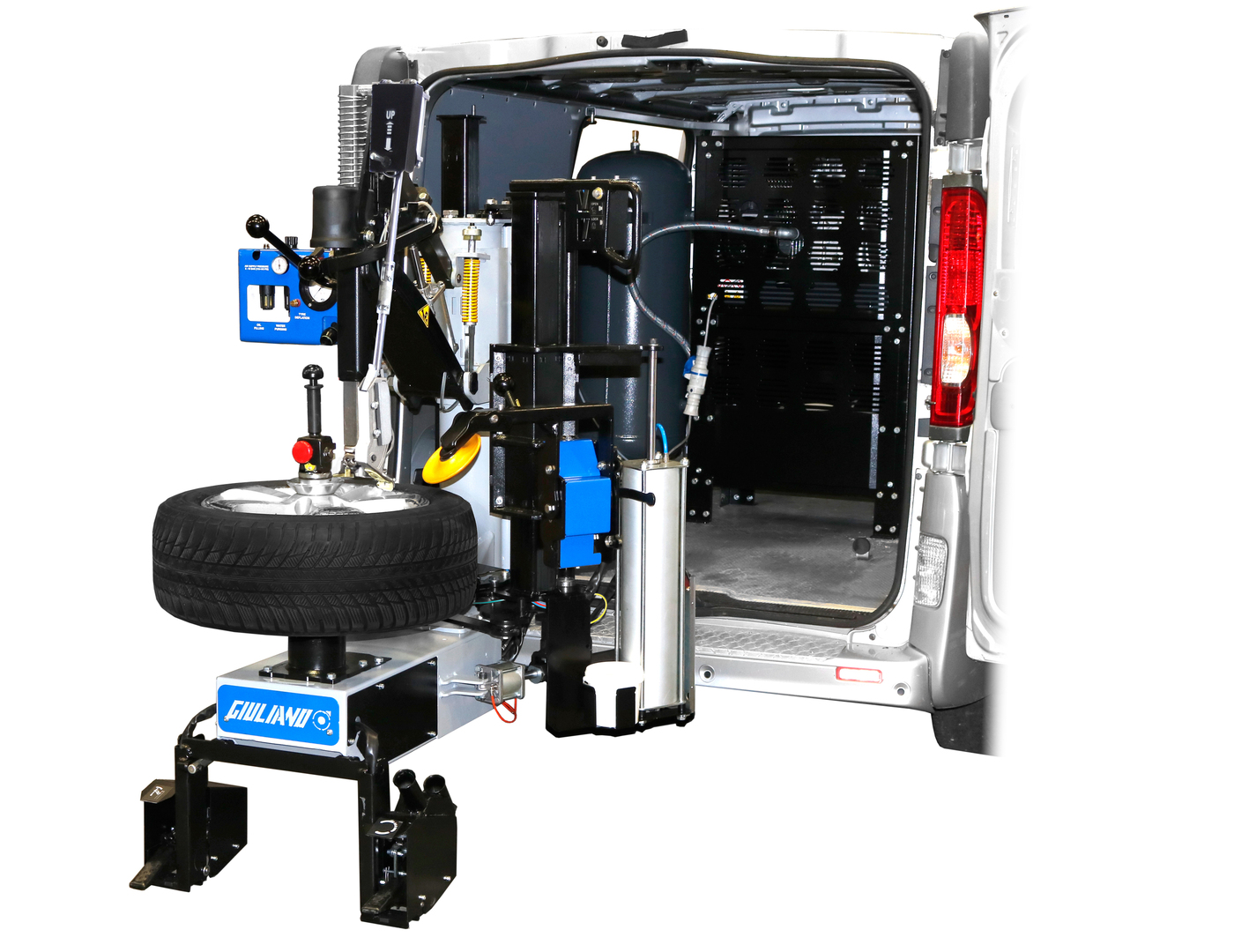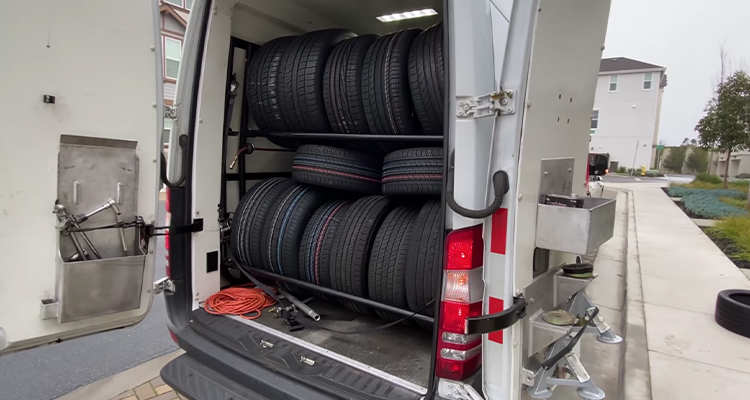Quick and Expert Mobile Tire Repair Las Vegas Solutions
Quick and Expert Mobile Tire Repair Las Vegas Solutions
Blog Article
Tire Solution: Proven Approaches for Optimum Tire Upkeep and Treatment
Keeping optimum tire problem is vital for both safety and efficiency of any type of vehicle. From guaranteeing proper tire stress to routine rotation and placement, there are tried and tested techniques that can considerably extend the life expectancy of your tires and enhance overall driving experience. As we check out the ins and outs of tire care and upkeep, we will discover important standards that every automobile owner need to stick to for the very best possible outcomes. Let's dive into the globe of tire solution and uncover the secrets to maintaining your tires in superior shape for the lengthy haul.
Value of Tire Stress
Adequate tire stress promotes better gas performance, as under-inflated tires can lead to increased rolling resistance, creating the engine to work more challenging and consume even more fuel. Correct tire stress ensures also walk wear, improving tire long life and saving cash in the long run by postponing the need for early replacements. Frequently adjusting and checking tire pressure, specifically before lengthy trips, is an easy yet reliable way to boost lorry efficiency, expand tire life-span, and focus on safety and security on the road.
Tire Rotation Guidelines
When thinking about tire turning guidelines, it is necessary to understand the significance of this upkeep task in maximizing tire life expectancy and maintaining ideal car performance. Tire rotation involves altering the placement of each tire on a lorry to ensure even tread wear. Front tires have a tendency to use faster than back tires due to steering pressures, making normal turning crucial for balanced wear patterns. The advised turning pattern varies depending upon whether a car is front-wheel, rear-wheel, all-wheel, or four-wheel drive. Typically, tires need to be turned every 5,000 to 7,500 miles, or as recommended in the vehicle manual. Disregarding tire rotation can result in uneven wear, influencing handling, grip, and potentially compromising vehicle safety and security. By adhering to correct turning guidelines, drivers can expand the life of their tires, improve gas effectiveness, and enhance total driving experience. Routine rotation is a simple yet reliable maintenance technique that adds considerably to tire longevity and lorry efficiency.

Advantages of Wheel Placement
Making sure appropriate wheel positioning after tire rotation is important for preserving balanced wear patterns and making the most of vehicle efficiency. Wheel positioning refers to the adjustment of the visit our website angles of the wheels to the producer's requirements. One of the essential advantages of wheel positioning is boosted taking care of and guiding reaction. When the wheels are effectively aligned, it minimizes steering effort, making sure a smoother and more controlled driving experience. Furthermore, proper wheel alignment aids to extend the life expectancy of your tires. Misaligned wheels can create uneven tire wear, bring about premature tire replacement and boosted maintenance expenses.

Tire Footstep Depth Inspect
Performing a normal evaluation of tire walk deepness is important for keeping safe driving conditions and lengthening the lifespan of your tires. The walk on your tires plays an essential function in providing traction, specifically in unsafe or damp conditions. To inspect your tire step deepness, you can use a walk depth scale or the dime test. The recommended tread deepness goes to the very least 2/32 of an inch. If the walk deepness is below this limit, check that it is time to change your tires to make sure optimal efficiency and safety on the roadway. Uneven step wear can indicate problems with tire alignment, pressure, or suspension, highlighting the value of regular tread depth checks. Disregarding to keep track of and keep appropriate walk deepness can lead to decreased grasp, longer stopping distances, and a boosted risk of hydroplaning. By integrating tire step learn this here now depth checks into your routine upkeep schedule, you can drive with confidence knowing that your tires remain in top problem.
Seasonal Tire Examination
Seasonal tire assessment is a fundamental element of tire upkeep that ensures tires are prepared to deal with the difficulties positioned by different weather condition conditions. In preparation for winter season, it is vital to inspect the tire stress regularly as cold temperatures can trigger tire pressure to drop. By conducting regular seasonal tire evaluations, chauffeurs can extend tire lifespan, improve gas effectiveness, and most importantly, guarantee a safe and secure driving experience in differing weather problems.
Conclusion
Finally, keeping proper tire stress, rotating tires frequently, aligning wheels properly, monitoring step deepness, and performing seasonal inspections are essential practices for optimum tire treatment. By complying with these verified techniques, chauffeurs can ensure their tires last longer, carry out better, and contribute to overall vehicle safety. It is necessary to focus on tire maintenance to avoid accidents, enhance fuel efficiency, and prolong the life-span of tires.
Ample tire stress advertises much better gas effectiveness, as under-inflated tires can lead to increased rolling resistance, triggering the engine to work more challenging and take in more gas.When thinking about tire rotation guidelines, it is important to understand the relevance of this upkeep task in taking full advantage of tire life expectancy and preserving optimal lorry performance. Seasonal tire assessment is a basic element of tire upkeep that guarantees tires are prepared to face the difficulties posed by various weather problems. By performing regular seasonal tire evaluations, vehicle drivers can prolong tire life expectancy, boost fuel efficiency, and most significantly, make certain a secure driving experience in varying climate problems.
In verdict, maintaining appropriate tire stress, turning tires routinely, straightening wheels correctly, keeping an eye on step deepness, and conducting seasonal examinations are important methods for optimal tire care.
Report this page